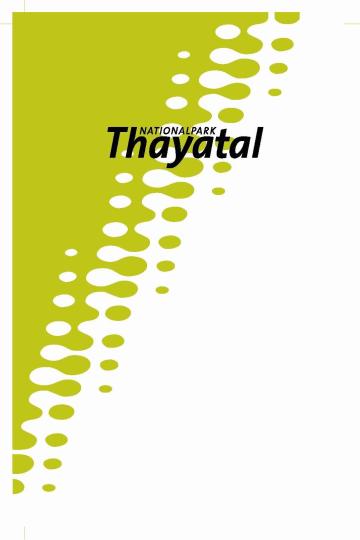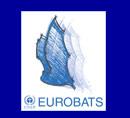
Assessment of individual PAs’ contribution to environmental conventions

Through a 10-step system, the Convention-Check method applies a bottom-up approach to assess the contribution of large-scale protected areas to the implementation of Multilateral Environmental Agreements (MEAs), allowing to overcome deadlocks in MEA implementation, contributing to improved global PA governance. The Convention Check was carried out in Thaya Valley National Park, Austria, demonstrating that the park contributes significantly to implementation of 5 MEAs.
Contexte
Challenges addressed
Emplacement
Traiter
Summary of the process
Building Blocks
Selection of relevant MEAs and (sub-)national legislation
Enabling factors
Lesson learned
Identify activities contributing to MEA implementation
Enabling factors
Lesson learned
Develop, discuss and evaluate PA management recommendations
Enabling factors
Lesson learned
Impacts
Significant impacts have been shown using the Convention-Check method by the Thaya Valley National Park, demonstrating that a protected area can improve implementation of MEAs.One of these impacts is that more than 25 % of the recommendations developed were implemented after two years.
This method proved reliable to voluntary assessments of the current contribution of a large scale protected area to the implementation of international conventions and is replicable for identifying gaps in the compliance of local acts with international obligations.
The voluntary approach applied by the Convention-Check enables the identification of practical implementation measures, which may not otherwise be possible during a more formal compliance assessment.









